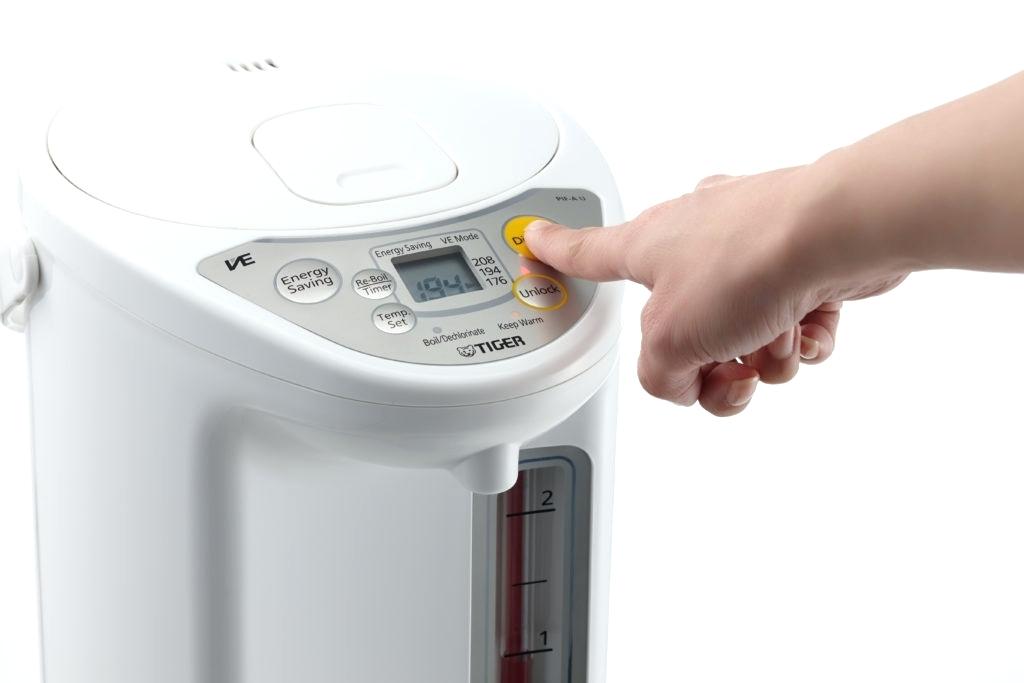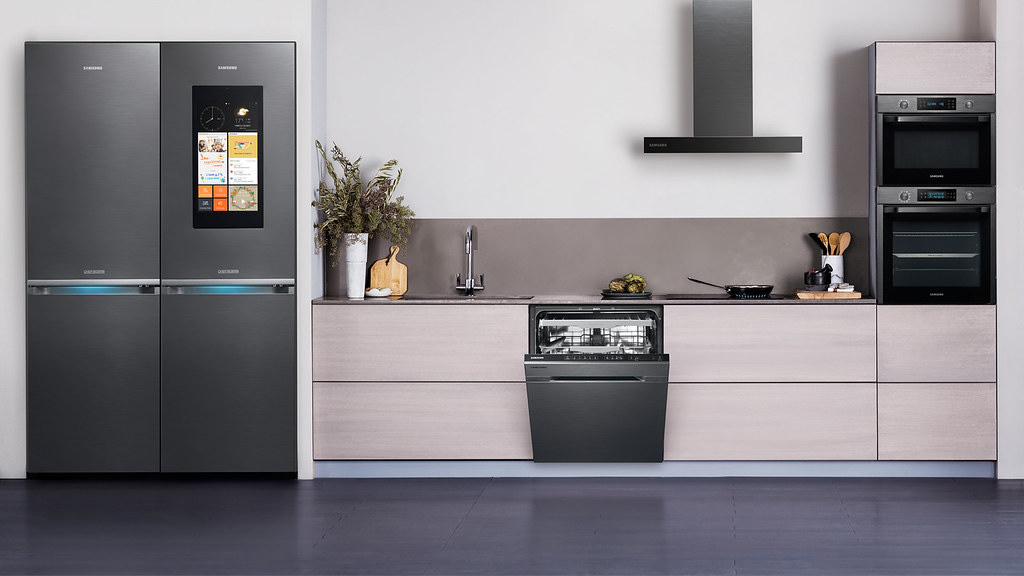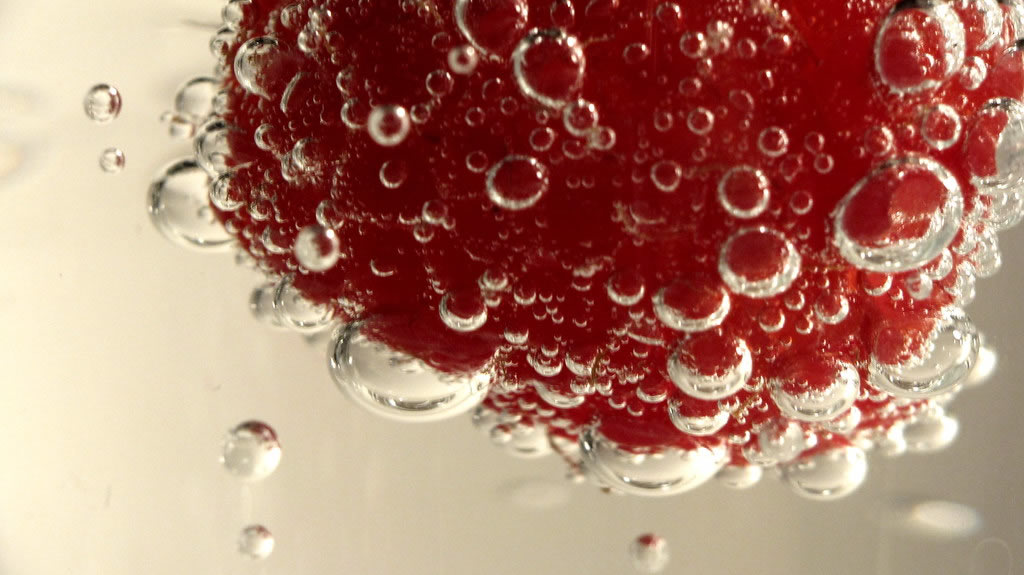Waterproof treatment is very important in the process of home decoration, especially in areas such as toilets and kitchens where water is used almost every day, waterproof treatment is needed.
If you didn’t do that, do you need to waterproof the kitchen now?
Before doing kitchen waterproofing, consider whether there is leakage in the kitchen on the upper floor, whether there are a waterproof layer and wet parts.
The construction steps of kitchen waterproof coating include preparing tools and raw materials, repairing and cleaning the base surface, and mixing the waterproof coating to paint the ground and the wall respectively.
Pay attention to the use of different waterproof coatings on the ground and the wall.
Let’s take a look at the construction of kitchen waterproof coating!
Is it necessary to make the kitchen waterproof?
Some people think that in the absence of external damage, the probability of water leakage in the kitchen is extremely small, and the frequency of open water on the kitchen floor is also very low.
It should be economical and practical, and there is no need to do waterproofing.
Some people think that waterproofing is originally to prevent small probability events that may cause heavy losses.
Although the kitchen is not as frequent as the bathroom, water should also be done.
These two points of view seem to have some reason. In fact, the main function of waterproofing is to prevent moisture. The water consumption in the kitchen is not large, and the water in the kitchen is opposite to the external wall of the neighbor.
In the kitchen, if some seams are not handled properly, it may become one of the incentives for the kitchen to become wet.
For example, if the connection between the sewer pipe and the sewer of the kitchen is not tightly sealed, it will not only produce water leakage but also may emit odor.
However, the sewerage interface is usually located in a relatively secret location. Therefore, during construction acceptance, it is easy to be ignored by the owner, so it is recommended to do waterproofing.
What issues should be considered in kitchen waterproofing?
1. Check the kitchen on the first floor for leaks before renovating the kitchen. If there is any leakage, you should make the waterproofing works upstairs and then renovate it.
2. When the kitchen is renovated, if the original wall and floor tiles are removed and renovated, regardless of whether the waterproof layer has been made before, the waterproof layer should be redone before re-sticking the wall and floor tiles.
The waterproof layer of the surrounding side walls is 200mm high and there is a bathtub. The waterproof layer should be able to reach all parts of the shower.
3. Waterproof treatment when the kitchen is not renovated: the original waterproof layer is added as a waterproof layer according to the above method; the original waterproof layer should be carefully checked to see if the waterproof layer is in place and damaged, otherwise it should be repaired.
The water injection test after repairing is based on the eligibility criteria of no leakage and no humidity in the downstairs and surrounding walls.
4. After the decoration of the watery and humid parts of the kitchen is completed, the elevation of the ground should be lower than that of the hall or corridor. Stones that are not afraid of water should be installed in the kitchen door opening, and the roots should be waterproofed to prevent water from seeping into the living room from the door opening.
The construction process of kitchen waterproof coating
1. Prepare tools and materials
To make kitchen waterproof, you need to prepare tools such as brushes, rollers, electric mixers, non-woven fabrics, or fiberglass nets.
You also need to prepare waterproof coatings. This depends on your choice. Generally, you have to choose two. Paint, the second is a special waterproof coating for walls.
2. Base surface repair
Generally, the ground is uneven, so the base surface of the kitchen should be repaired before waterproofing, especially pay attention to the yin and yang corner areas. The unevenness should be leveled.
You can use a shovel to shovel out the raised cement slag and debris. The recessed areas need to be repaired and smoothed. If there are cracks or water seepage, plugging and repair are required.
3. Clean the base surface
After the ground is repaired, make sure that the base surface is free of any dust, particles, garbage, etc., so you can use water to clean it before construction, as long as the surface is moistened, no clear water can appear.
4. Waterproof paint mixing
First, make the ground waterproof, so prepare the ground waterproof coating.
Pour the waterproof paint into a plastic bucket at a certain ratio, pour the paint emulsion first, then pour the powder, and mix them evenly with a stirrer.
Leave them in a particle-free state for three minutes to eliminate small bubbles. be usable.
5. Paint the ground waterproof paint
At this time, you can start to apply waterproof paint. First, you need to apply a small area of key paint to some special areas, especially the floor drain, around the pipe, and the corner of the wall.
In other areas, you can apply a large area for the first time. After the brush is soaked, stick the paint and brush it in one direction. The thickness of the coating is within 1mm. This is easy to dry, and it is not easy to blister or crack.
After drying, you can use the cross direction to paint a second time to avoid missing brushes, and the next day can be tested for water closure.
6. Wall waterproof coating
The kitchen space also requires waterproof measures on the wall. Its height is about 180cm, which can prevent the faucet from soaking the wall with water. Its method is the same as the waterproof method of the ground.
The only difference is that the waterproof coating is different. Use a special coating for the wall.



0 Comments